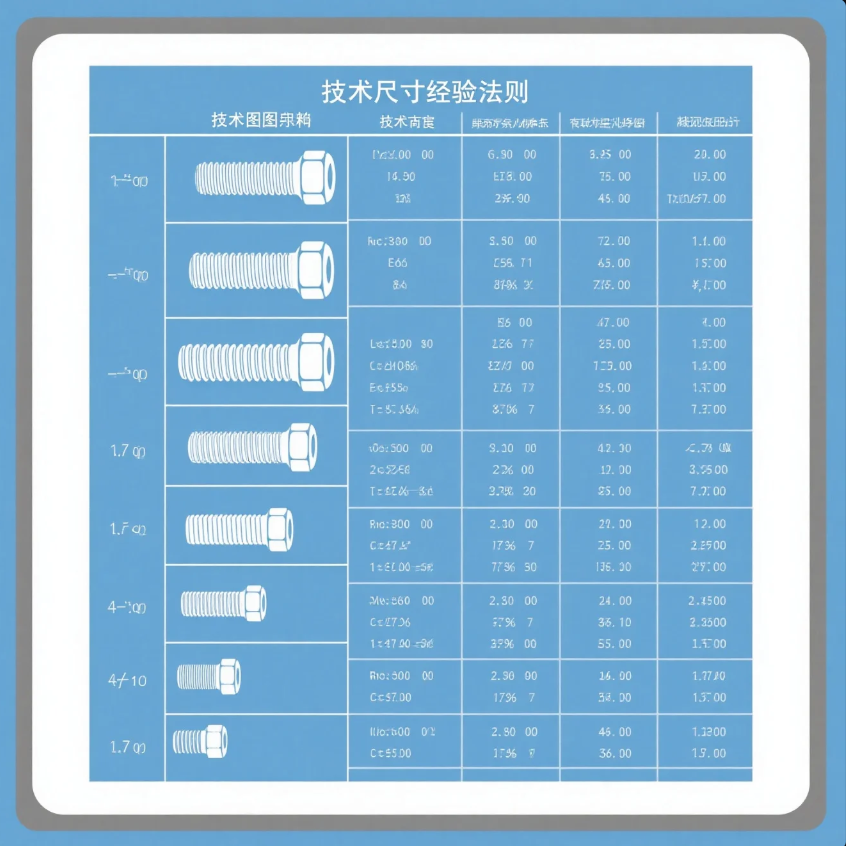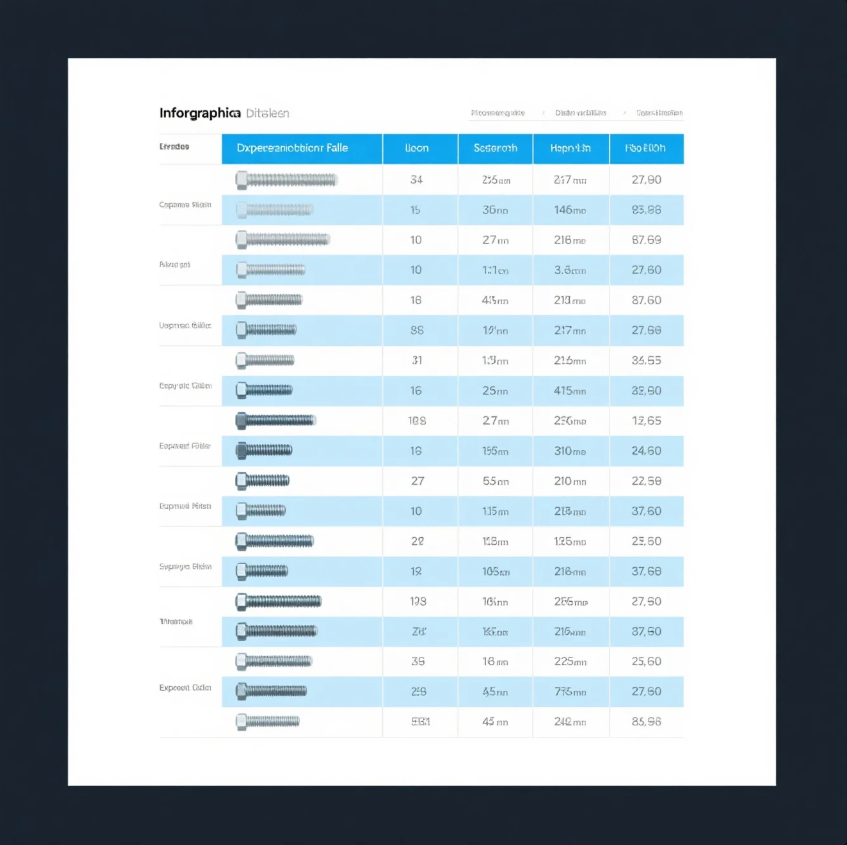What is the rule of thumb for bolt size?

Choosing the wrong bolt size causes structural failure, stripped threads, or production delays.
The rule of thumb for bolt size is to make the bolt diameter one-fourth of the material thickness in structural applications. Bolt length must also match grip length plus thread allowance.
This guide explains how to select the right bolt size, what the markings mean, and how Prime helps clients apply engineering standards to avoid costly mistakes.
How to determine what bolt size to use?

Guessing bolt size often leads to underperformance or even system failure.
To determine bolt size, measure the hole diameter, account for the load, and match it with thread type and grade.
A good rule: the bolt should be at least 1.5 times the material thickness under tension. Use tables or torque charts for precision. Prime offers bolt sizing support with CAD and mechanical specs.
Bolt Size Selection Checklist
| Factor | Consideration |
|---|---|
| Hole Diameter | Use precise caliper measurement |
| Load Requirement | Tensile/shear stress limits |
| Thread Type | Match application environment |
| Length | Add material, washer, nut |
We supported a construction client who under-sized bolts in a heavy-load bracket. After switching to Prime’s M12-grade 10.9 bolts, failures dropped to zero.
How do you find the correct size of a bolt?

Using a bolt that’s too short or weak causes movement and damage over time.
Find the correct bolt size by measuring the hole diameter and stack thickness, then select a bolt with appropriate thread and grade strength.
In critical assemblies, use engineering formulas or simulation data. For general applications, size charts work well. Prime provides ISO and ASTM sizing guides with every order.
Example: Bolt Length Calculation
- Grip Thickness: 20 mm
- Washer + Nut: 10 mm
- Total Bolt Length = 30 mm (minimum)
We often advise clients to choose slightly longer bolts with full threading, especially for field-adjustable parts.
What is the rule of thumb for bolts?

Simple rules help you size bolts quickly in the absence of formal calculations.
General rule: bolt diameter = 1/4 of material thickness under load. Bolt length = grip length + 2 thread pitches.
Use higher-grade bolts for high-stress zones. Avoid short bolts in tension loads. Prime engineers help buyers apply these rules when specifying CNC or stamped fasteners.
Common Bolt Size Rules
| Application | Rule of Thumb |
|---|---|
| Shear Load | Diameter = 1/4 material thickness |
| Tension Load | Length = grip + nut + washer |
| Torque Control | Follow bolt grade chart |
In industrial machine frames, we apply this rule in all bolt specs—then verify with actual load testing in-house at Prime’s QC lab.
What does 48 mean on a bolt?

If you see “48” on a bolt, it likely refers to its strength grade—not its size.
On metric bolts, “4.8” (not 48) indicates a low-strength steel bolt with 400 MPa tensile strength and 320 MPa yield strength.
This grade is fine for light-duty or indoor use. For heavy loads or structural applications, use Grade 8.8 or higher. Prime offers bolts from 4.6 to 12.9, all clearly marked and ISO certified.
Bolt Grade Chart
| Grade | Tensile Strength (MPa) | Yield Strength (MPa) | Application |
|---|---|---|---|
| 4.6 | 400 | 240 | Light-duty, non-load |
| 8.8 | 800 | 640 | Structural, general |
| 10.9 | 1040 | 940 | High load zones |
| 12.9 | 1220 | 1100 | Automotive, machinery |
We had a client using Grade 4.6 bolts in an industrial fan housing—they failed in 2 months. After switching to Prime 10.9 fasteners, the system ran safely for 3+ years.
Conclusion
Follow bolt sizing rules to choose the correct diameter, pitch, length, and grade for strength and safety.
Need help selecting the right bolt size? Contact Prime today for a free consultation, full sizing guide, and ISO-certified custom bolt solutions—delivered fast, matched to your specs, and ready for industrial use.







